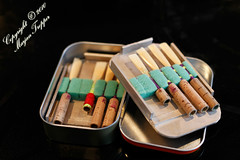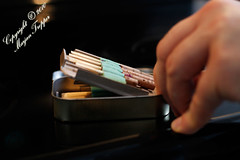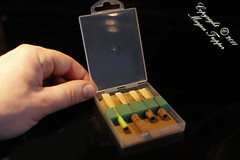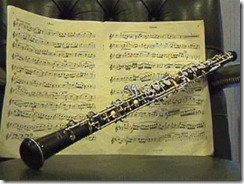As an orchestral musician, I had been told this by many conductors: “If you feel the emotion, it will sound that way, but if you don’t feel it, no one will ever believe it.” In fact, I have also told ensembles the same thing when I conducted… but you always have to wonder if it’s not just the power of suggestion: does the audience really hear any difference if the performer is mentally “in it” or not?
Well, now I have the recordings to prove it!
I was testing out a few reeds and my recording device in preparation for my upcoming video --- which I have to get done in less than a month because I’m getting a wisdom tooth pulled out! --- and the recordings are very conclusive: thinking the dynamics and the sound yields more contrast than blowing harder or softer!
I listened to each recording immediately after playing: I could remember what I was thinking about while playing. If I thought about the crescendi and diminuendi, not much difference, if I thought about my blowing, hardly any difference at all no matter how soft or hard I blew. But when I thought about the character that each bar and chord resolution should have, what theses 5-6 notes meant in relation to each other… the message that the piece is trying to convey… then the recording showed very distinct and clear dynamics.
I have to say I’m both surprized and happy! This will allow me to enjoy playing even more: I can fully live a soulful connection with music.




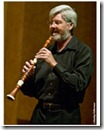





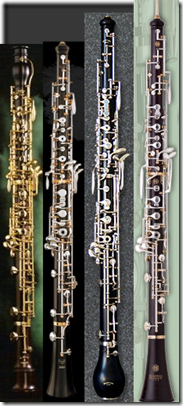



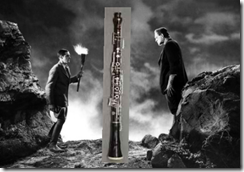



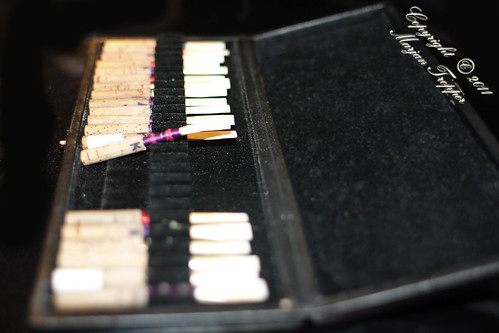 Roseau Chantant
Roseau Chantant